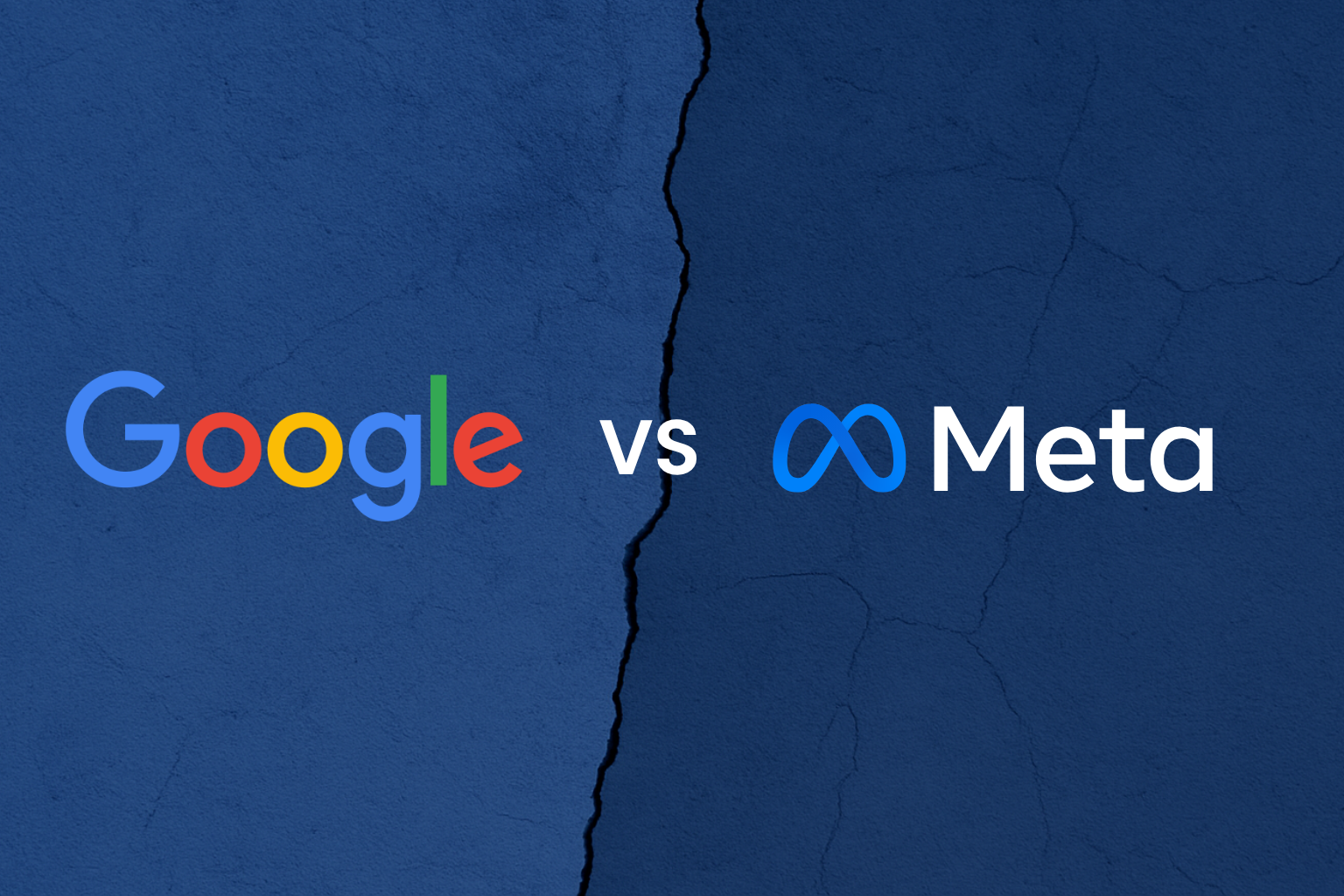For growing fashion brands, platform dashboards often feel like the truth. You open Meta Ads Manager or Google Ads, see a strong ROAS, and assume everything is working. But as brands scale, the numbers inside these dashboards stop reflecting reality.
Why? Because in-platform metrics are built to credit the platform, not your business. They’re limited, biased, and blind to the wider customer journey — the one that happens across devices, channels, and even offline.
At Adnomics, as a performance-led fashion marketing agency, we’ve seen how this overreliance on in-platform data can distort decision-making, waste ad spend, and slow down growth.
Let’s unpack why.
The Problem with In-Platform Attribution
Every ad platform wants to prove its own value. Meta, Google, TikTok — they all use different attribution models and conversion windows to report success.
The result? The same sale might appear in three dashboards at once.
Fashion brands end up believing they generated three sales when in reality there was only one.
This happens because platforms often:
- Credit any conversion that happens after any ad interaction, even if it wasn’t the decisive one.
- Use short or inconsistent attribution windows (e.g. Meta counts a purchase up to seven days after a click, Google might count 30).
- Struggle with cross-device tracking — especially when a user clicks on mobile, then completes a purchase on desktop.
It’s not manipulation — it’s simply the limitation of closed systems. But when you make scaling decisions based on these numbers, you risk doubling down on what’s not truly working.
The Multi-Touch Reality of Fashion Buyers
Fashion shoppers rarely see one ad and instantly convert. They move through a multi-touch path:
- See a Meta video ad showcasing a new collection.
- Search the brand name on Google days later.
- Click a Shopping ad.
- Browse, sign up for email.
- Receive a welcome discount.
- Purchase via desktop.
Meta takes the credit for “introducing” the customer. Google claims it “closed” the sale. Your email platform attributes it to the coupon.
Meanwhile, your Shopify dashboard quietly shows one order.
This multi-touch journey is even more complex for fashion — where inspiration, consideration, and purchase can span weeks. That’s why attribution models designed for single-channel performance don’t capture reality.
Scaling a brand requires connecting all those dots — not just the ones visible inside a single ad account.
Why Blended Metrics Tell a Cleaner Story
ROAS is often treated as the holy grail. But it’s one of the most misleading metrics when taken at face value.
A campaign with a 10x ROAS might look unbeatable — until you realise half of those purchases were returning customers who would have bought anyway.
Another campaign with a 3x ROAS might actually be driving incremental new customers with high lifetime value.
By chasing the higher in-platform ROAS, you risk scaling cheap wins instead of profitable growth.
Fashion brands with strong organic and returning-customer bases often see lower blended CPAs = meaning their paid media works better as part of the ecosystem.
We focus on blended ROAS — total revenue divided by total ad spend across all channels. It’s not as flashy, but it’s honest. It shows the true efficiency of your paid media when viewed alongside your overall business revenue.
The Hidden Attribution Traps in Fashion Marketing
Fashion brands face some unique challenges that make attribution even trickier:
- High return rates: ROAS doesn’t account for refunds, which can distort performance for apparel brands.
- Influencer awareness: A creator might inspire a purchase, but the sale will be credited to a retargeting ad.
- Promotional spikes: Sale campaigns often cannibalise organic or direct traffic that would have converted anyway.
- Offline activity: Showroom visits or WhatsApp inquiries aren’t tracked in-platform but influence many purchases.
When you rely purely on platform data, you lose sight of this nuance — and end up optimising for short-term conversions rather than long-term growth.
From Attribution to Incrementality: Measuring What Really Matters
The real question isn’t “Which ad gets credit?” but “Which ad made a difference?”
Incrementality testing helps answer that. By turning campaigns on and off in a controlled way, or isolating geo-regions, you can measure what portion of revenue was truly driven by paid media — versus what would have happened organically.
Fashion brands using incrementality insights often discover that a large share of reported ROAS wasn’t actually incremental. The good news: once you know this, you can reallocate spend to channels and creatives that truly move the needle.
The Path Forward: Unified Data & Smarter Metrics
Scaling fashion brands need a data ecosystem that extends beyond ad dashboards. That means integrating:
- Shopify or ecommerce data (for real revenue and returns)
- CRM data (for customer lifetime value and repeat rate)
- Email and retention channels
- Server-side tracking or first-party attribution tools
This full-funnel view enables smarter decisions — like which customer segment to scale, which products have the highest blended margin, and where paid media actually drives growth.
Conclusion
In-platform metrics are useful, but they’re not enough. They’re the signal, not the story.
To truly scale a fashion brand, you need to connect platform data with your actual business performance — blending creative insights, customer behaviour, and lifetime value into one cohesive picture.
That’s how the most successful brands move beyond chasing ROAS — and start building sustainable, profitable growth.
.png)
.png)

.png)



.png)
.png)

.png)


.svg)
.svg)
.svg)
.svg)